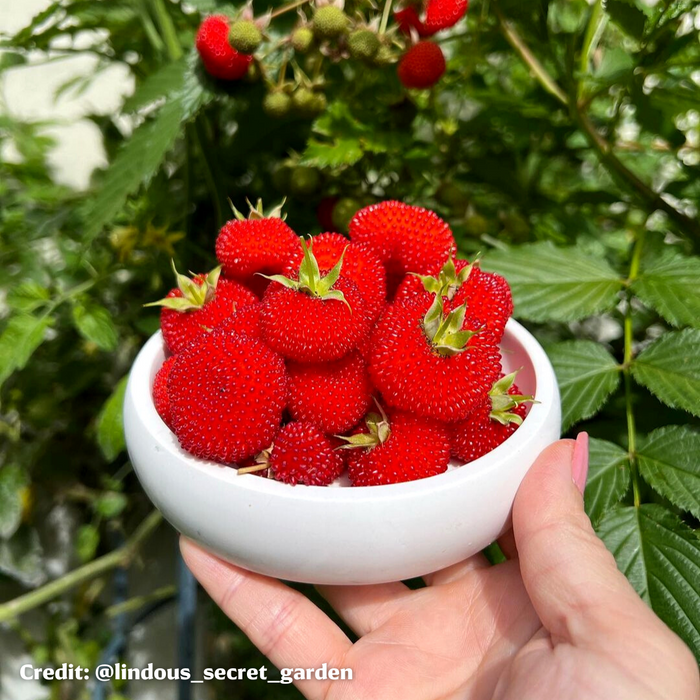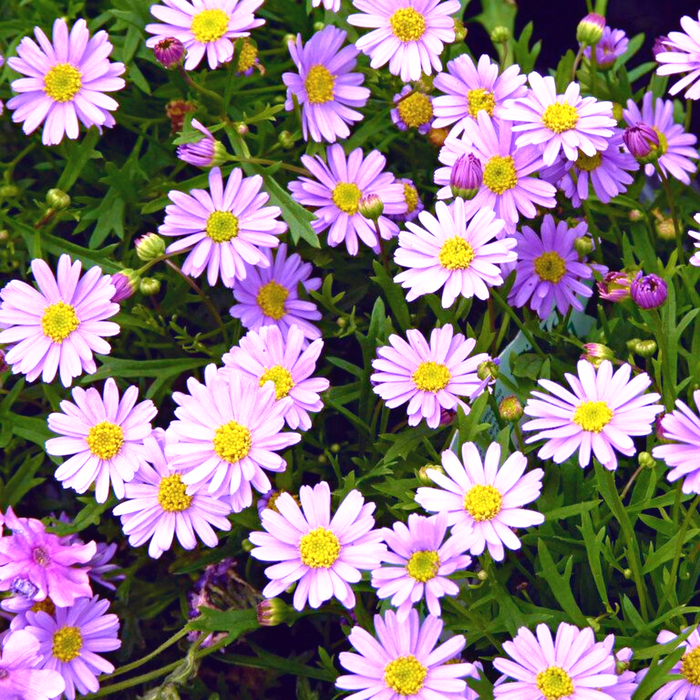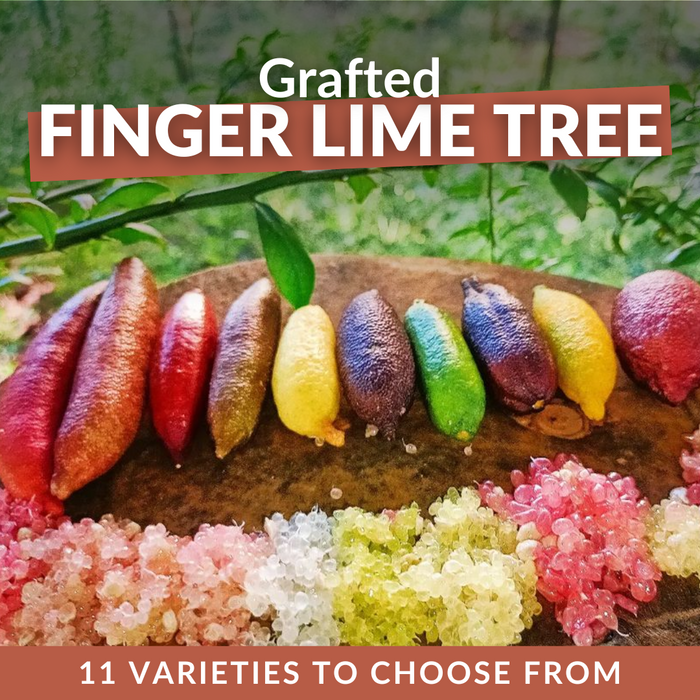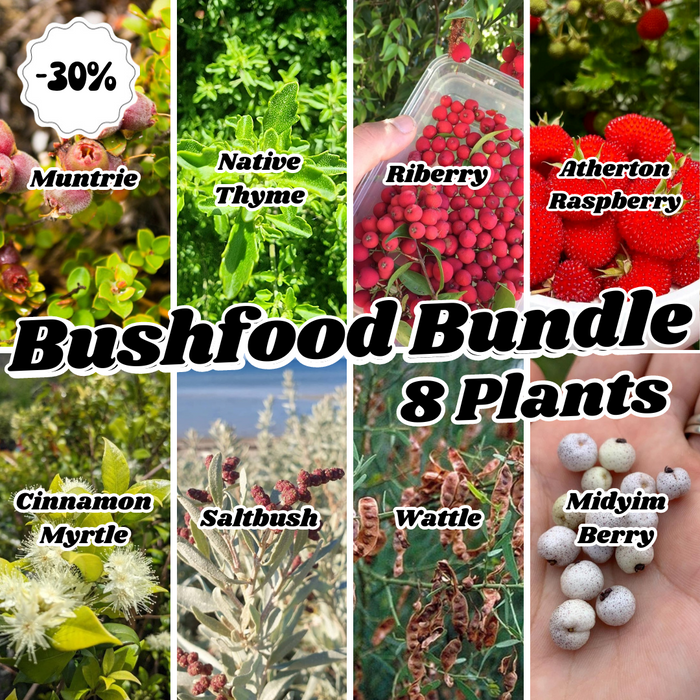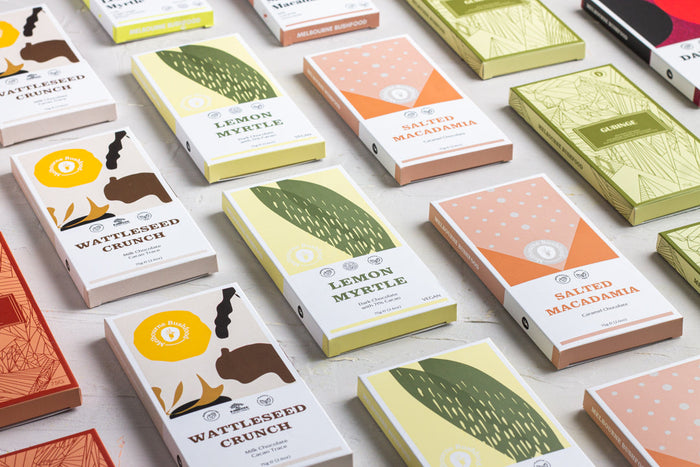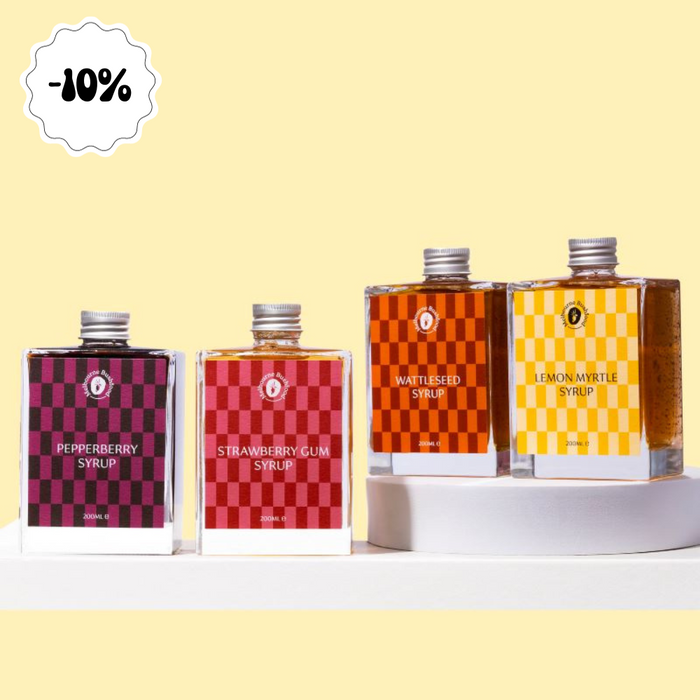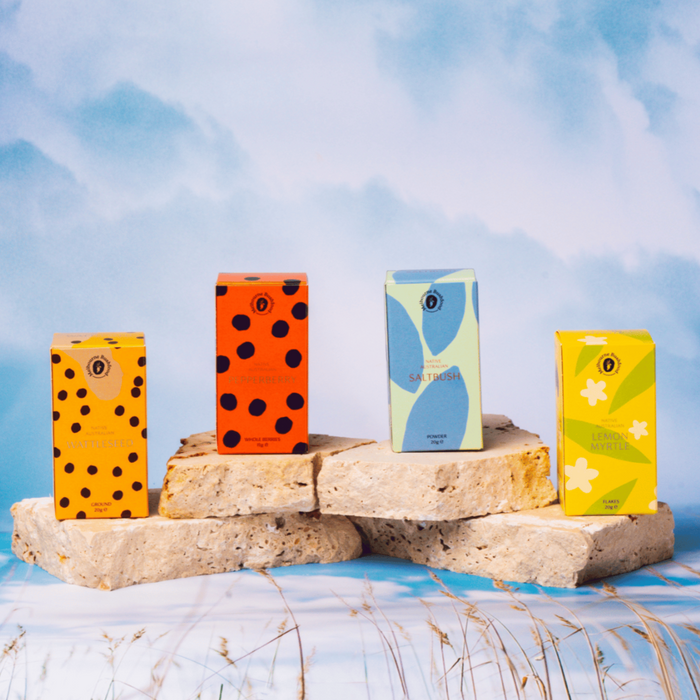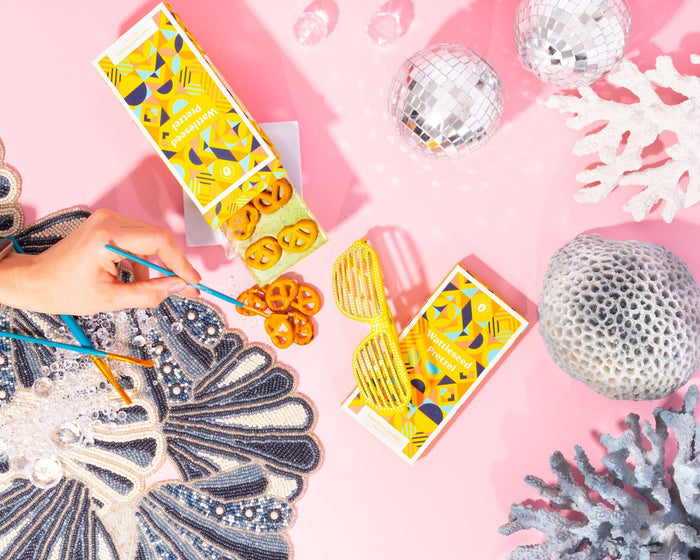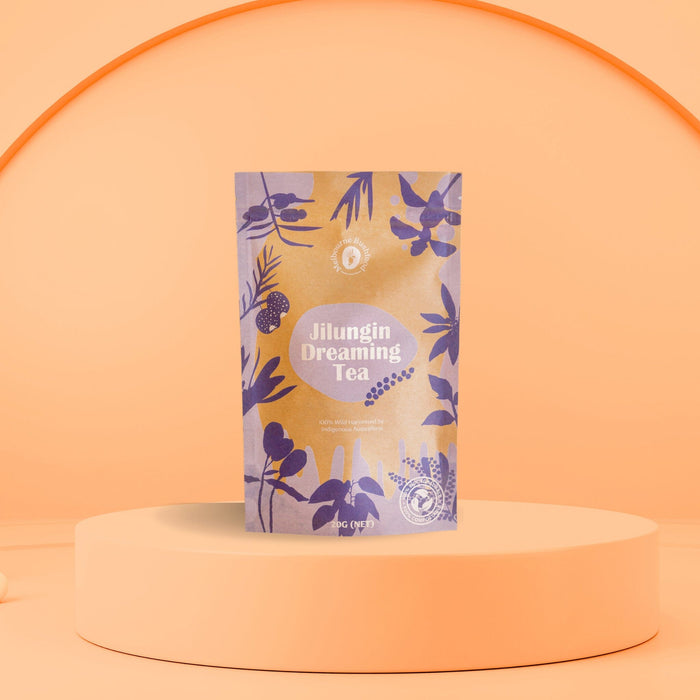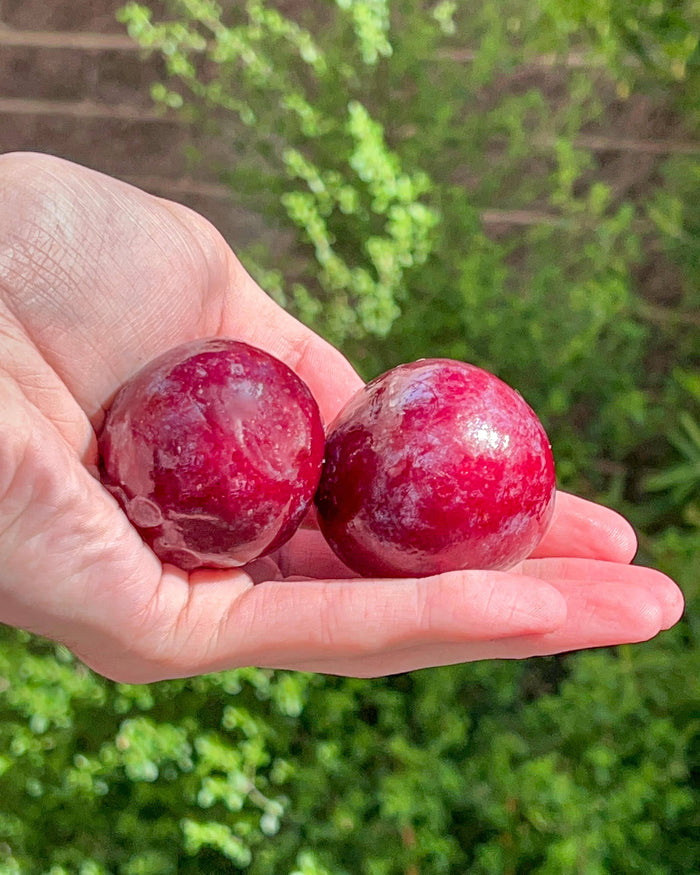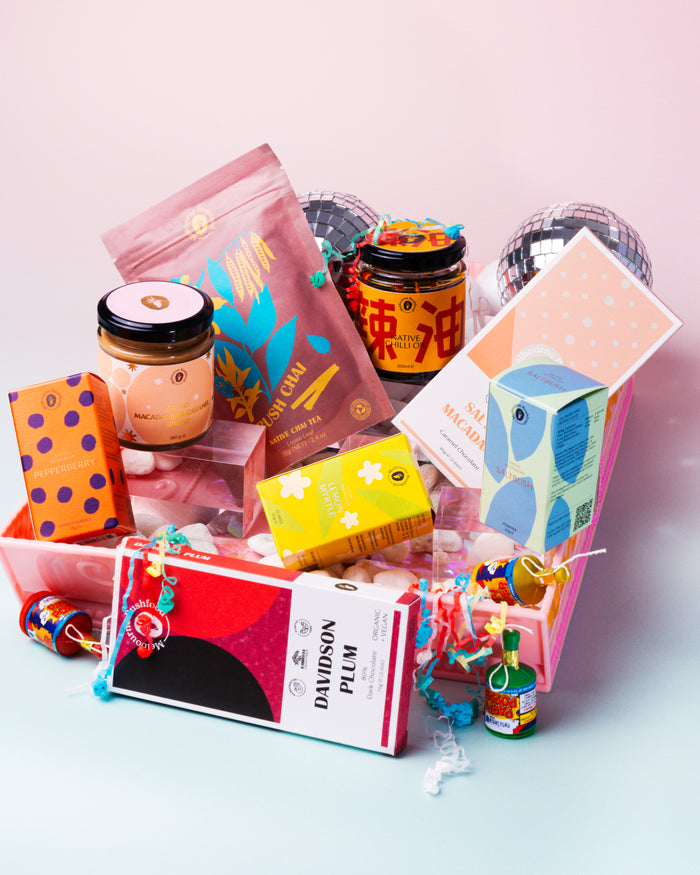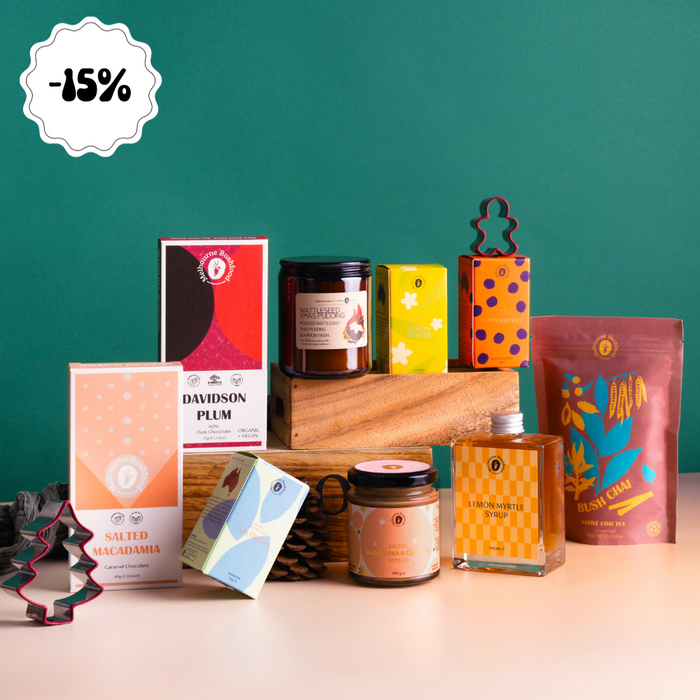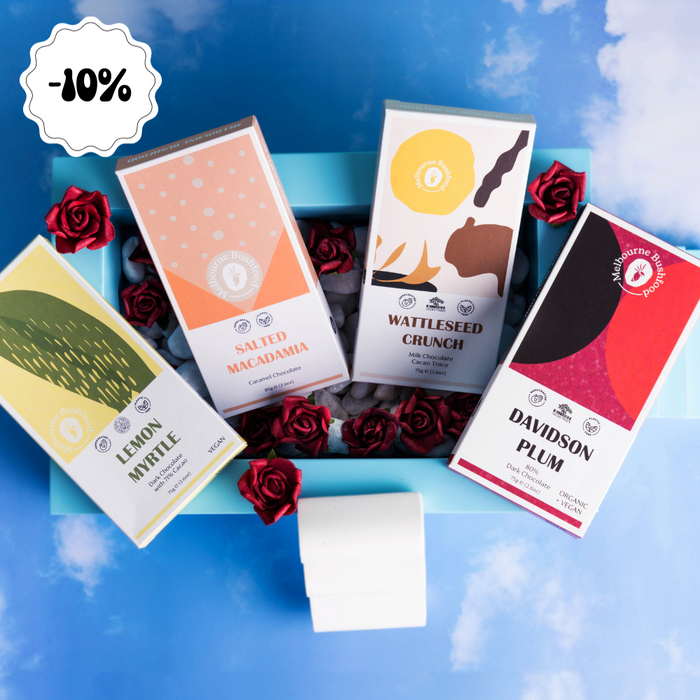

Blue Flax Lilly - Dianella caerulea - Care Guide
Dianella caerulea! Commonly known as the blue flax-lily, blueberry lily, or paroo lily, this sub-tropical is native across the eastern states of Australia and Tasmania. A common plant, chances are you've seen this native around as you'll often find Blue Flax growing throughout temperate and sub-tropical suburbia. Blue Flax-Lily produces edible blueberries with tiny, nutty seeds, and firm, strappy leaves that were traditionally used for cord and string!

With its flavour varying depending on ripeness, Blue Flax-Lily berries have a delicious sweet-tart note and once the seeds are chewed, they release a nutty flavour. You can harvest and enjoy the berries fresh or cooked in sweet or savoury dishes. You can use them in desserts, jams or simply add them to ice cream, while the plant root can also be pounded and roasted for eating!
You can expect this spectacular native to blossom with flowers in Spring and produce fruit through Summer.
The berry season is very short, lasting around 6 weeks but the plant is well worth growing. You'll want to harvest the tantalising fruits at just the right time, this way you won't miss out and you can be sure to get the best taste!
Quick Care
| Botanical Name | Dianella caerulea |
| Size Plant: | Seedling pot, min 20 cm tall |
| Frost Tolerance: | Up to -5°C. |
| Drought Tolerance: | Tolerant once established. |
| Soil Type: | Sandy, Loamy, Clay loam, Saline & well drained |
| Sun: | Full-sun/Part-shade |
| Size: | 1m shrub. |
| Pots: | Does well in pots. |
| Feeding: | Feed a high-quality native plant food every 6 months. |
Planting
For best results, plant in either sandy, loamy, clay loam, or Saline, well-drained soil, and place your plant in full sun. You can also grow in part shade for reasonable results. This dense, strappy shrub typically grows up to 1m tall and 2m wide. It's the perfect shrub for ground cover or garden borders.
Frost tolerance
Only able to handle light frost initially, Blue Flax-Lily becomes frost tolerant once established. So keeping your plant well protected in the early stages is super important. If you live in a cooler climate like Melbourne, we recommend protecting it during winter.
Sunlight
This lovely species does well in full sun but it can thrive in part sun but with lower fruiting amounts.
Maintenance
Watering & Drought Tolerance
Being a sub-tropical species, drying out is common, especially for younger plants. However, Once established Blue Flax-Lily is a low-maintenance plant that will require very little work! until then water it a few times a week.
Fertilising your Blue Flax-Lily Plant
As a low-maintenance shrub, you'll only need to feed Blue Flax-Lily annually, preferably in the fruiting season from spring through summer. Fertilising with high-quality plant food will yield good results!
Harvesting
Harvesting should be done when the fruit is almost ripe to avoid damaging the fruit when fully ripe. Allow the fruit to fully ripen at home.
Growing Blue Flax-Lily in pots
As a relatively fast-growing native edible plant, Blue Flax-Lily can grow quickly if left unchecked.
Some issues can include drying out or overwatering, which can be easily identified by yellowing leaves or wilted leaves. Keep in a sunny spot on a balcony or backyard.
Use a high-quality potting mix without fillers or additives and add your own plant food for the highest success.

